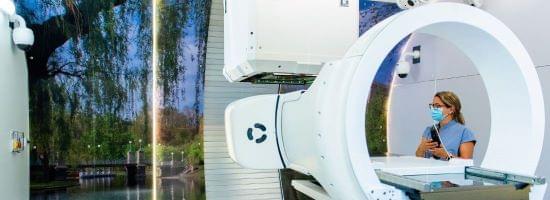Two possibilities exist: Either we are alone in the universe or we are not. Both are equally terrifying. ~Carl Sagan.
Looking up at a starry night sky makes one wonder if we are really alone. If you have never asked yourself this question, here’s some perspective on the vastness of our universe.
And this is just one galaxy.
IStock / Jasonfang.
On the best of conditions, you could, in theory, count around 5,000 stars with the naked eye. The image below shows the comparison between our galaxy (the Milky Way) and our sun. Our night sky (5,000) stars will just be another small dot in comparison with the Milky Way.







